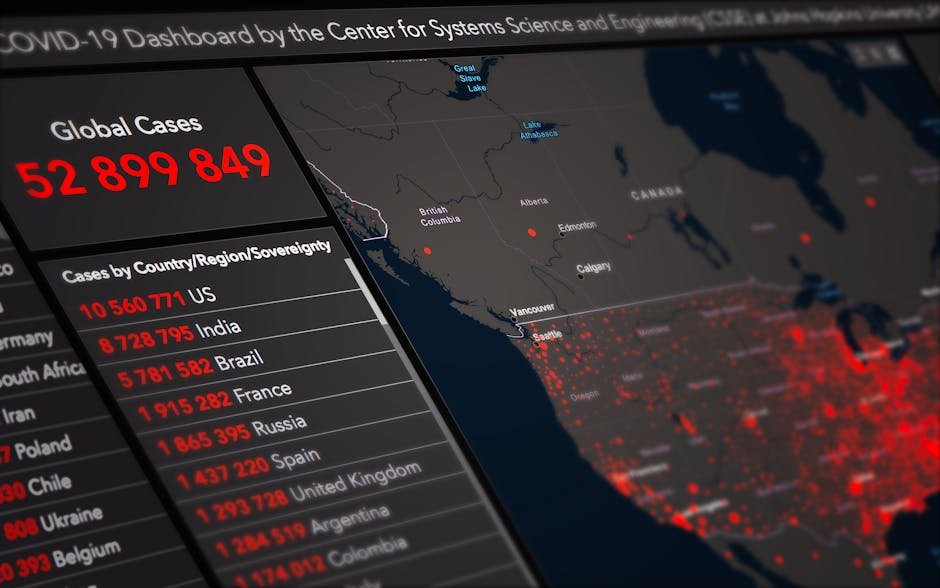The Digital Divide Deepens: Rural America Lags in 2025’s Remote Work Boom
Rural communities across the United States are missing out on the burgeoning remote work economy, despite its potential to revitalize struggling economies. While remote work opportunities exploded in 2025, creating a multi-billion dollar market, significant disparities in access to high-speed internet and digital literacy leave many rural residents unable to participate. This digital divide underscores a growing economic and social inequality, threatening further marginalization of already disadvantaged communities.
The Expanding Remote Workforce: A National Trend
In 2025, the remote work sector experienced exponential growth. Companies across various industries embraced remote work models, leading to a surge in available positions. This shift reflects evolving business practices and a greater employee preference for flexible work arrangements. The economic impact is substantial, with billions of dollars flowing into the remote work economy. However, this growth hasn’t been universally distributed, highlighting a widening gap between urban and rural areas.
Access to High-Speed Internet: A Critical Barrier
Access to reliable and affordable high-speed internet remains a significant hurdle for many rural communities. The infrastructure needed to support widespread broadband access is lacking in many areas, leaving residents with limited or no connectivity options. This lack of internet access severely restricts their ability to participate in the remote work market, limiting economic opportunity and hindering social and educational advancement. Existing infrastructure projects are proving slow and insufficient to bridge the gap.
Digital Literacy and Skills Gaps
Beyond internet access, digital literacy plays a critical role in participating in the remote work economy. Many rural residents lack the necessary computer skills, software proficiency, and digital fluency to secure and maintain remote positions. This skills gap contributes to the unequal distribution of remote work opportunities and further exacerbates existing economic disparities. Bridging this skills gap requires targeted training programs and investments in digital literacy initiatives specifically designed for rural communities.
Economic Consequences of Exclusion
The exclusion of rural communities from the remote work boom has substantial economic consequences. These areas already facing economic challenges are further marginalized, leading to out-migration, population decline, and a shrinking tax base. This downward spiral creates a vicious cycle, hindering economic development and perpetuating a cycle of poverty. Government intervention and private investment are crucial to reverse these trends and unlock the economic potential of rural America.
The Loss of Skilled Labor
The inability to attract and retain skilled workers further hinders economic growth in rural areas. Young adults, often digitally adept and seeking remote work opportunities, are more likely to migrate to urban centers where such opportunities are readily available. This loss of skilled labor compounds the challenges faced by rural communities, limiting their capacity for innovation and economic diversification. This brain drain has significant long-term implications for rural development.
Policy Recommendations and Future Outlook
Addressing the digital divide and fostering inclusive growth in the remote work economy requires a multi-pronged approach. Government policies should prioritize investments in rural broadband infrastructure, providing grants and subsidies to internet service providers to expand coverage. Furthermore, targeted digital literacy programs are needed to equip rural residents with the skills necessary to compete in the remote work market.
- Key Policy Recommendations for 2025:
* Increased funding for rural broadband infrastructure projects.
* Development of nationwide digital literacy training programs tailored to rural needs.
* Incentives for businesses to establish remote work hubs in rural areas.
* Collaboration between government, private sector, and educational institutions to address the digital divide.
* Investment in workforce development programs focused on in-demand remote work skills.
Conclusion: Bridging the Divide for Inclusive Growth
The remote work revolution presents a significant opportunity for economic revitalization in rural America. However, realizing this potential requires concerted efforts to address the persistent digital divide and skills gaps. By investing in broadband infrastructure, promoting digital literacy, and implementing effective policy initiatives, the nation can ensure that the benefits of the remote work economy are shared equitably across all communities, fostering inclusive growth and prosperity. The failure to act decisively risks further marginalizing rural communities and exacerbating existing economic disparities. The future prosperity of the nation hinges on bridging this divide.







